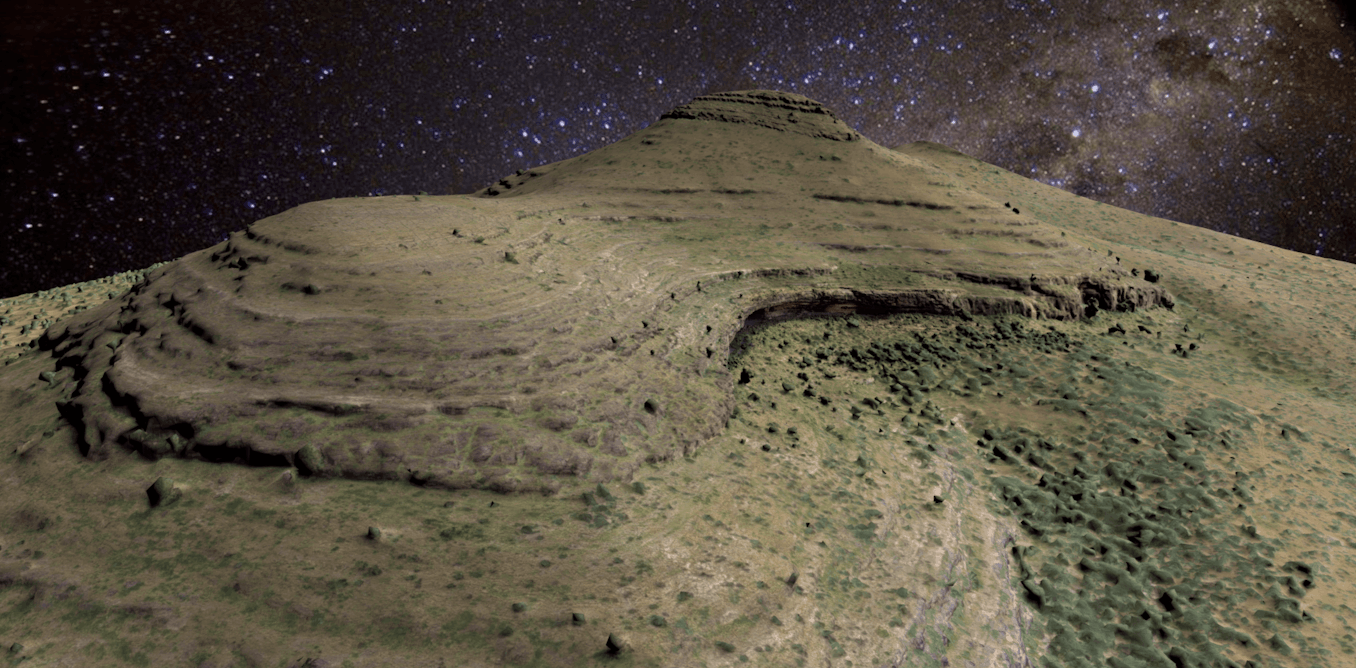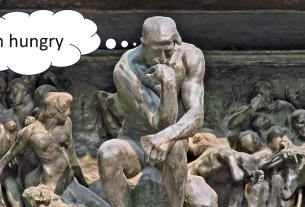These days, if you want to visit remarkable archaeological sites such as Great Zimbabwe or Petra in Jordan you don’t even need to leave your house.
3D scanning technology has improved in leaps and bounds in the last two decades and become much more affordable. This has led to numerous archaeological and heritage sites appearing on online interactive 3D platforms such as Sketchfab. Unlike still images and videos, 3D models offer enhanced interaction, enabling users to navigate and perceive a place from various perspectives.
But while technology has raced ahead, there is a noticeable lag in the establishment of best practice guidelines within the field.
We are a multidisciplinary team made up of a geomatician, an architect, and two archaeologists. In a recent article we examined the implications of current scanning technology and sought to answer the question: can people avoid repeating the mistakes of the past when digitising cultural locations?
One criticism of current 3D models of archaeological sites is that they are devoid of human traces and history. The pursuit of objectivity in scientific endeavours is the norm. But, in using 3D technology – making decisions about site boundaries, what is cleaned from the model, and the chosen level of detail – a subjective filter is introduced. The omission of human usage and cultural traces renders these representations static and sterile. This inadvertently strips sites of the very culture they aim to preserve.
In our research we sought to offer an alternative approach: one which aligns with indigenous archaeology, where indigenous knowledge and scientific methods are blended. To do so, we undertook a case study by digitising a site in South Africa that is of profound cultural and spiritual importance to many who live in that area. The results highlighted that, with considered approaches, researchers can help keep the vibrant culture of meaningful places alive even when they’re brought into the digital world.
A place with potency
Ga-Mohana Hill is situated close to a small town called Kuruman in a semi-arid region in the north of South Africa. We chose the site as our case study because of its rich cultural and archaeological significance. It has two significant rock shelters, Ga-Mohana Hill North Rockshelter, facing north-west, and Ga-Mohana Hill South Rockshelter, facing south-east, which are located at opposite sides of the hill.
The south rockshelter preserves rock art and archaeological traces from the Later Stone Age. In the north shelter, archaeologists have recovered material dating to 105,000 years ago, including ostrich eggshell fragments, stone tools, and a cache of calcite crystals.
Read more:
Ancient eggshells and a hoard of crystals reveal early human innovation and ritual in the Kalahari
Today Ga-Mohana Hill holds profound cultural significance for the local community. While this cultural heritage endures, its prominence has been diminishing due to various socio-political factors. One of us, Sechaba Maape, grew up in the area, and has actively worked to restore Ga-Mohana as a meaningful place from a cultural perspective. Reflecting on his youth, he recounts tales of Noga ya Metsi, the Great Snake, residing in the rockshelters and engaging in abductions and supernatural activities that unsettled the community.
These narratives contributed to the places acquiring a frightening reputation. Interestingly, the secrecy surrounding the locations dissuades many in the community from visiting them, though the sites have been used for various initiation rituals. And, today, the landscapes at Ga-Mohana Hill are used by church groups and other community members for spiritual communion and prayer sessions. Traditional healers and tourists also visit Ga-Mohana.
These multiple uses and its rich archaeological heritage mean that Ga-Mohana is a place of deep meaning and can be considered a living heritage site. We therefore wanted to create an online, interactive 3D digital replica that represented its multiple uses. Ultimately, our aim was to manifest the potency that this place holds within the 3D model, rather than merely representing its archaeological and scientific value.
A new approach to 3D models
Our approach was to focus on three elements. First, the agency – the ability to act upon people to give and receive meaning – that this place holds. Second, the proximity the 3D model gives to the physical site and to past and present people and their cultures and, third, the multivocal nature of the site – that is, telling the different stories of this place so all relevant voices can be heard.
To achieve this, we conducted a 3D scan of Ga-Mohana Hill and its shelters by acquiring photogrammetric images by drone and hand-held cameras. The images were processed to produce an optimised 3D model suitable for web-based applications. The 3D model was then augmented with a number of visual devices, along with customised text in the form of rotating signboards.
Stephen Wessels/CC BY-NC-ND, Author provided (no reuse)
The Great Snake is represented as a moving shadow on the shelter wall. Candles were placed in the 3D version of the shelter to symbolise the site’s ongoing religious aspects.
To represent the archaeology, a number of artefacts that were excavated were 3D scanned and then digitally placed into the 3D model to show where they were found, thus in a sense returning them to their original context. Other visual devices include a hearth, flowing tufas (ancient waterfalls), enhanced rock art and animated engravings. All the visual devices were designed to be moving to animate the place and show its vitality.
We also created a website to contextualise and introduce the 3D model and warn people who may not want to visit the model for cultural reasons and because of its ritual potency.
What we’ve learned
Based on what we’ve learned from this project, we proposed an approach that prioritises the digitisation of place – with all its meanings and vitality, over space – simply inert geometry – emphasising agency, proximity and multivocality.
A shift is needed from a purely objective approach to 3D documentation, towards representing the space as a meaningful place to a public audience. This involves acknowledging and portraying cultural, social and political contexts. By avoiding the privileging of one voice over others, our aim is to subvert dominant viewpoints and promote inclusivity.
The study also underscores the significance of archaeological visualisation in reshaping perceptions of the past and contributing to the formation of present identities.



